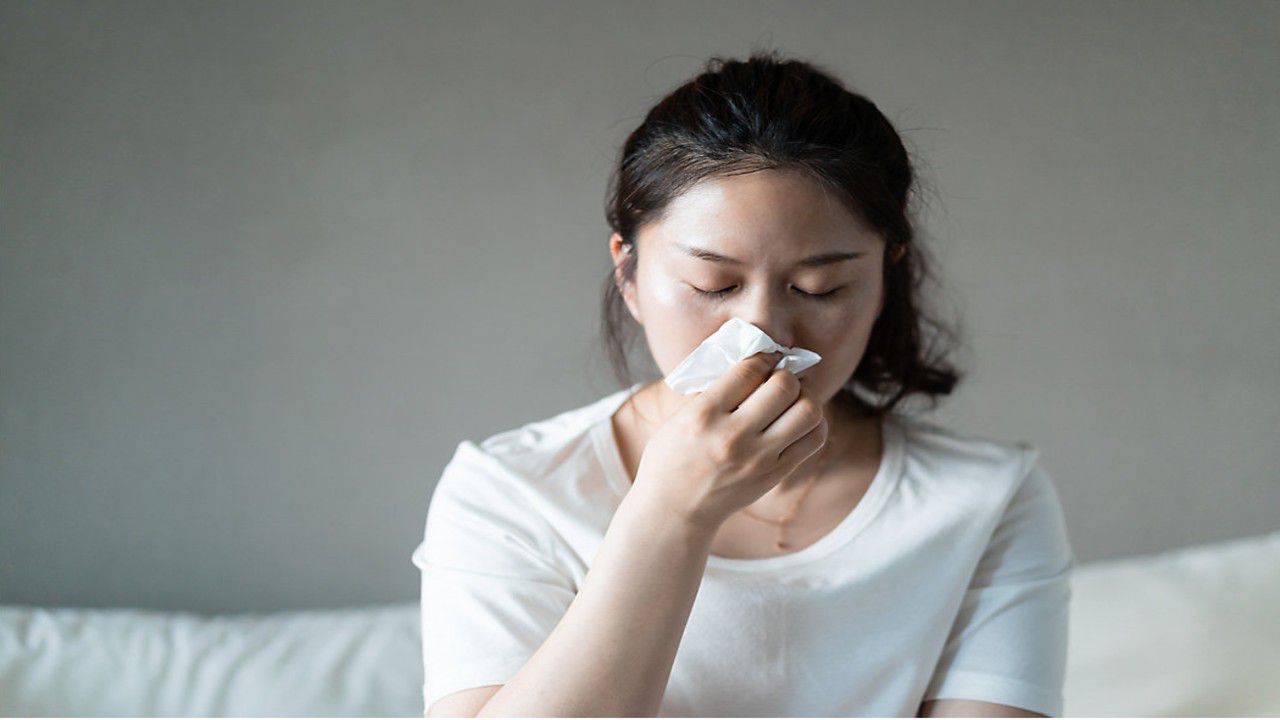The time comes every year when our eyes water, our noses itch and run, and with a light breeze comes a burning sensation of pollen hitting your skin. You may even say allergy season comes in like a wrecking ball.
If you are part of the small percent not affected by the dreaded allergies, you can read along to feel the pain of most.
Through the state of Maine, allergy season begins in late April and peaks during the month of May.
According to Dr. Scott Dyer of Maine General Health, allergy season is worse during thunderstorms. This is because lightning strikes cause pollen particles to break into even smaller pieces and become more potent.
This even poses the risk of death in those most sensitive to allergy particles.
In the spring, once humidity levels rise above 50% and tree pollen crosses with dust mites, this is when trouble arises.
The dominant allergens are juniper, poplar and maple in March and April.
In May, maple, birch and oak are dominant. Once leaves fully grow in late May and June, grass becomes the dominant allergen through the early and mid-summer.
A good form of defense from allergy symptoms would be an over-the-counter antihistamine, says Dr. Dyer.



